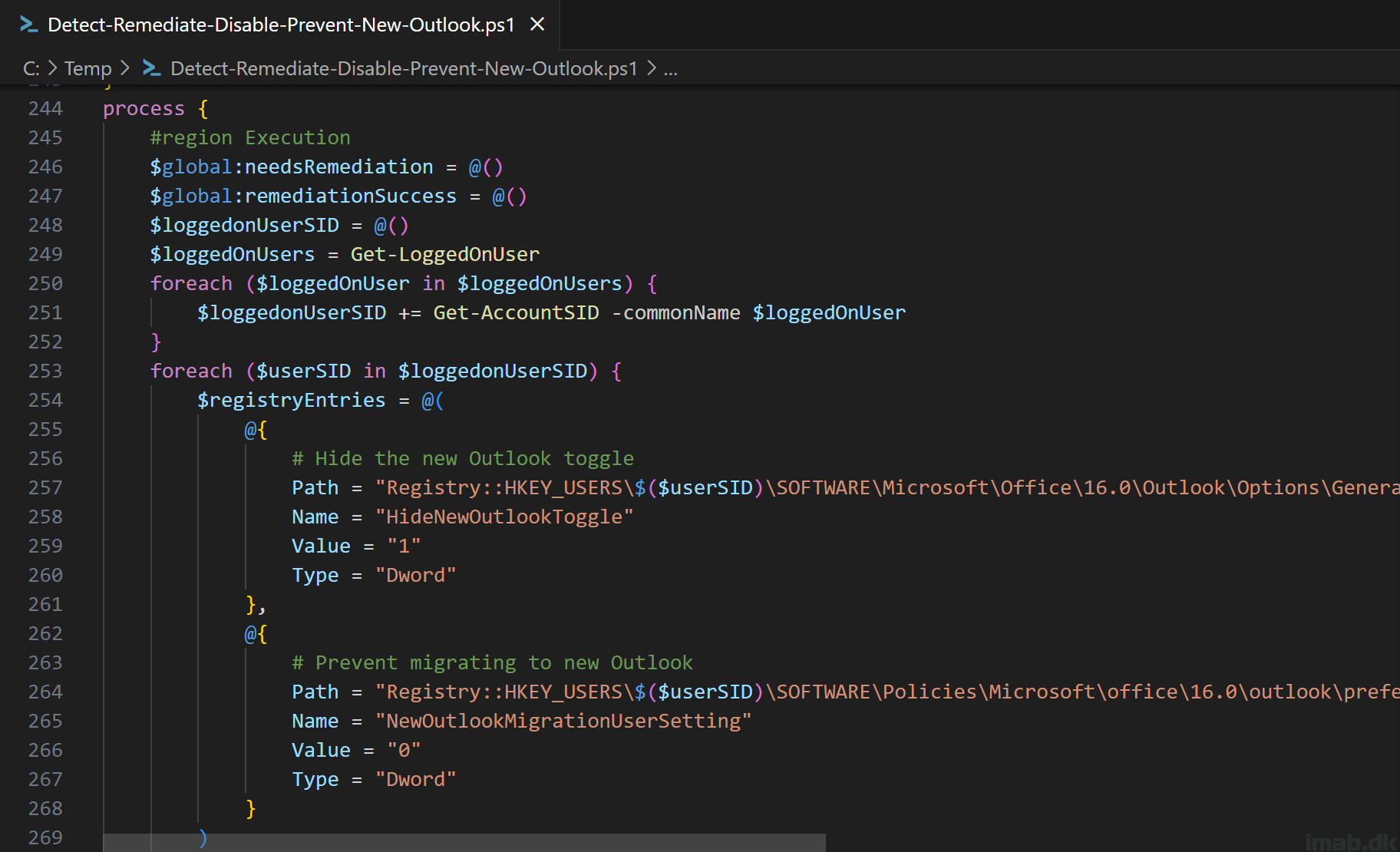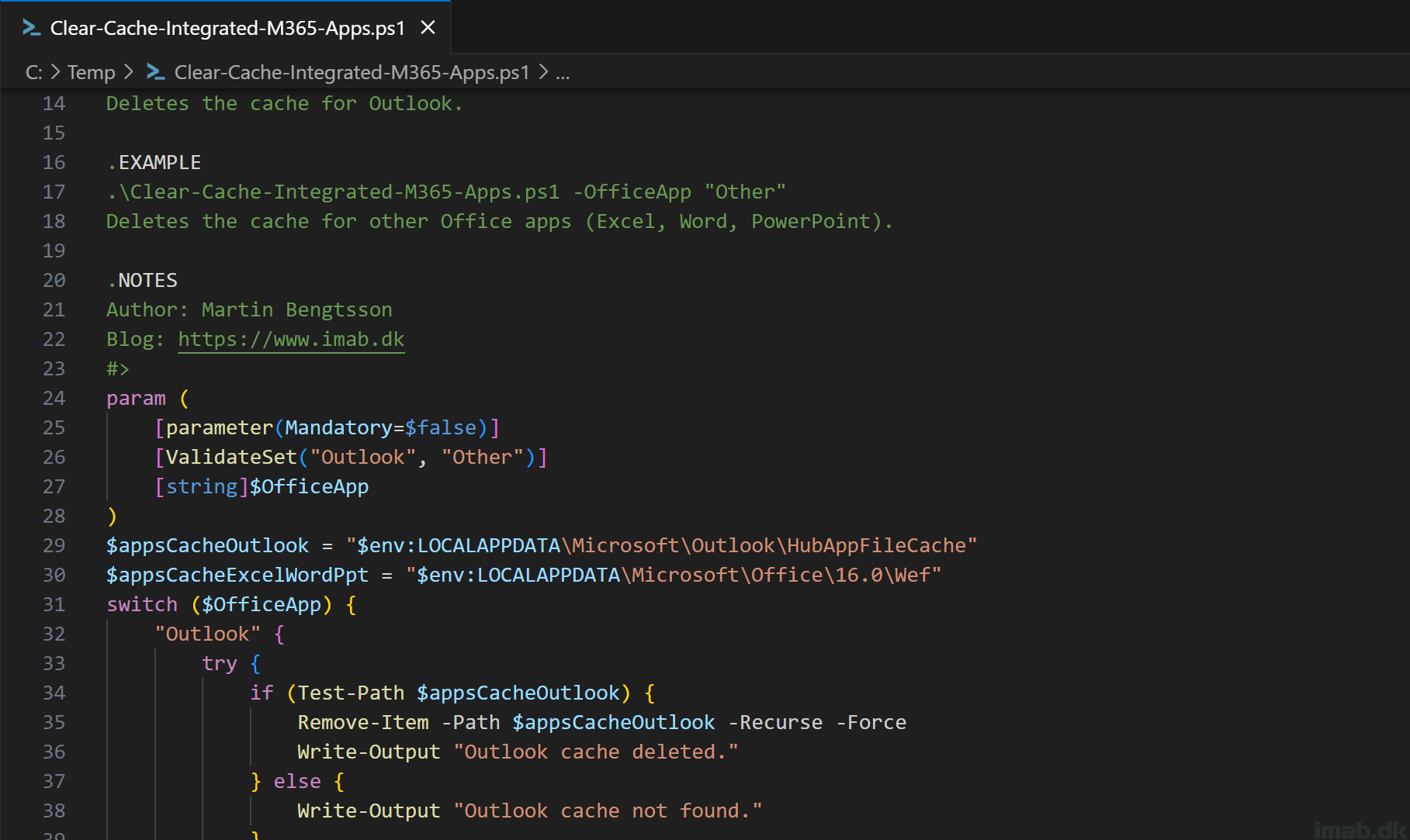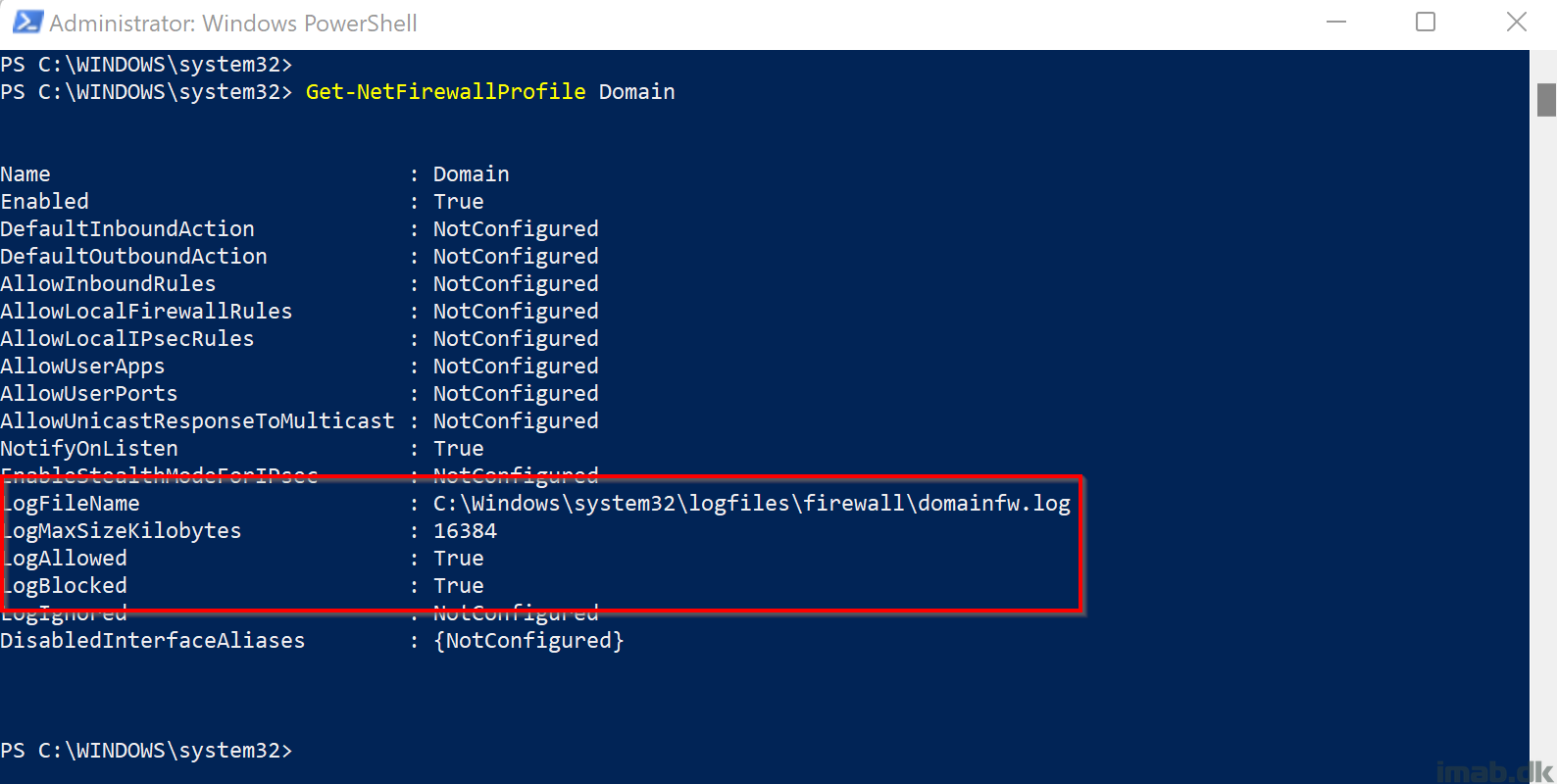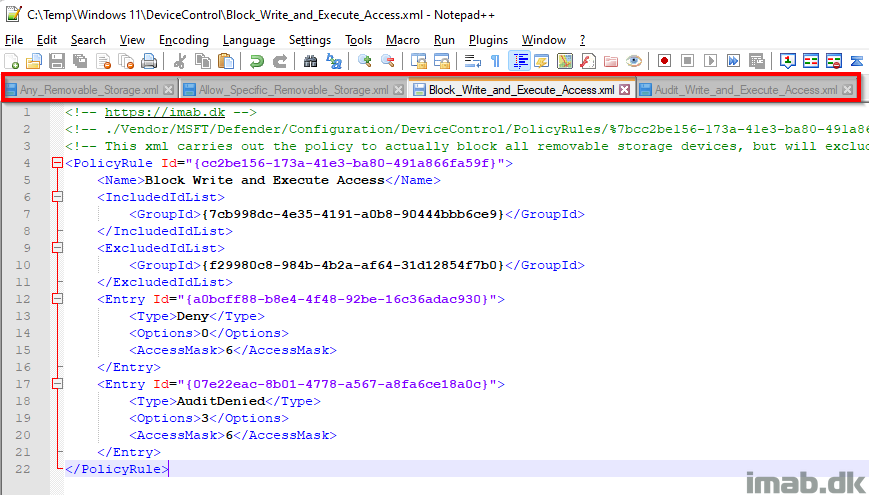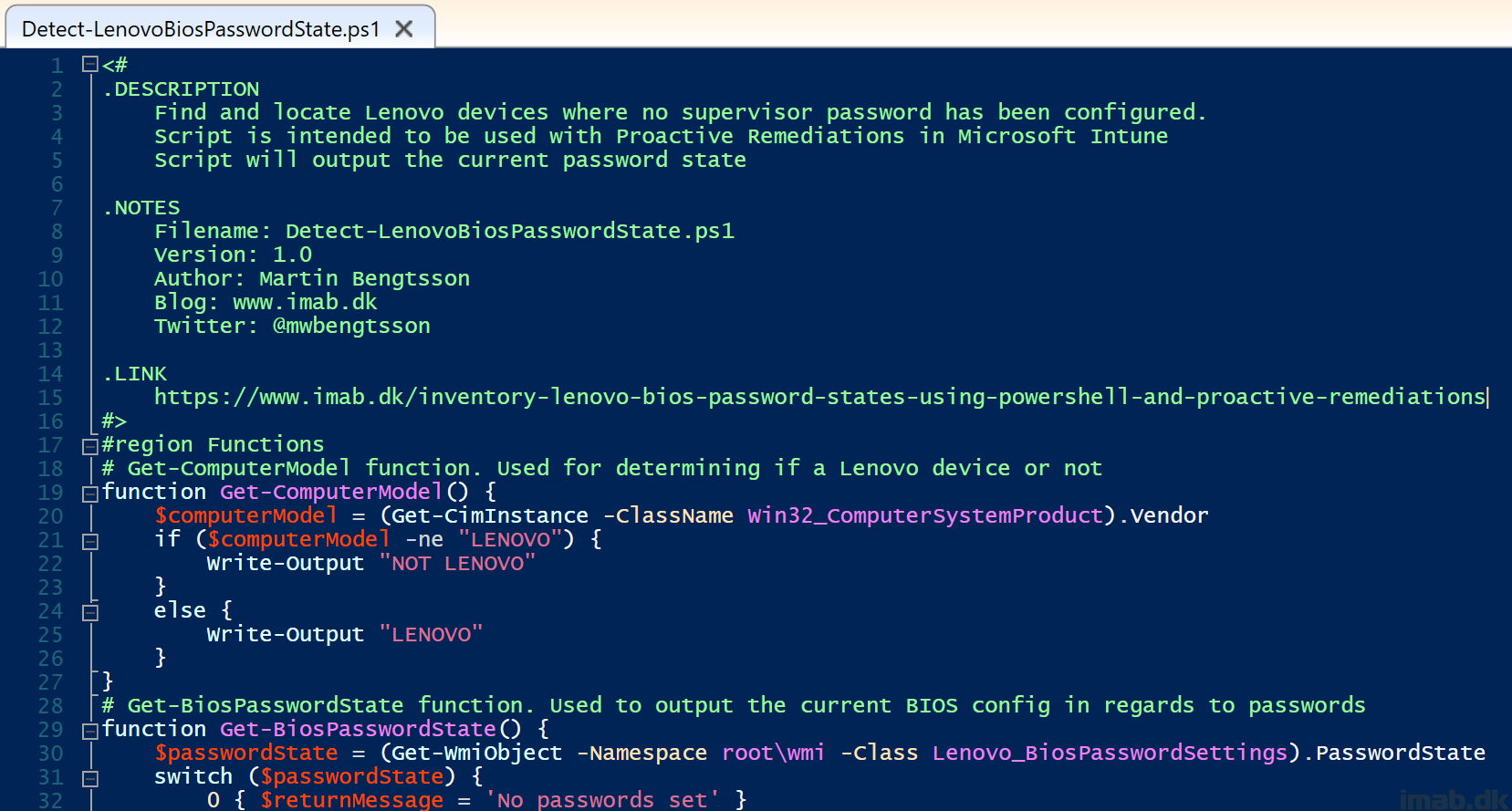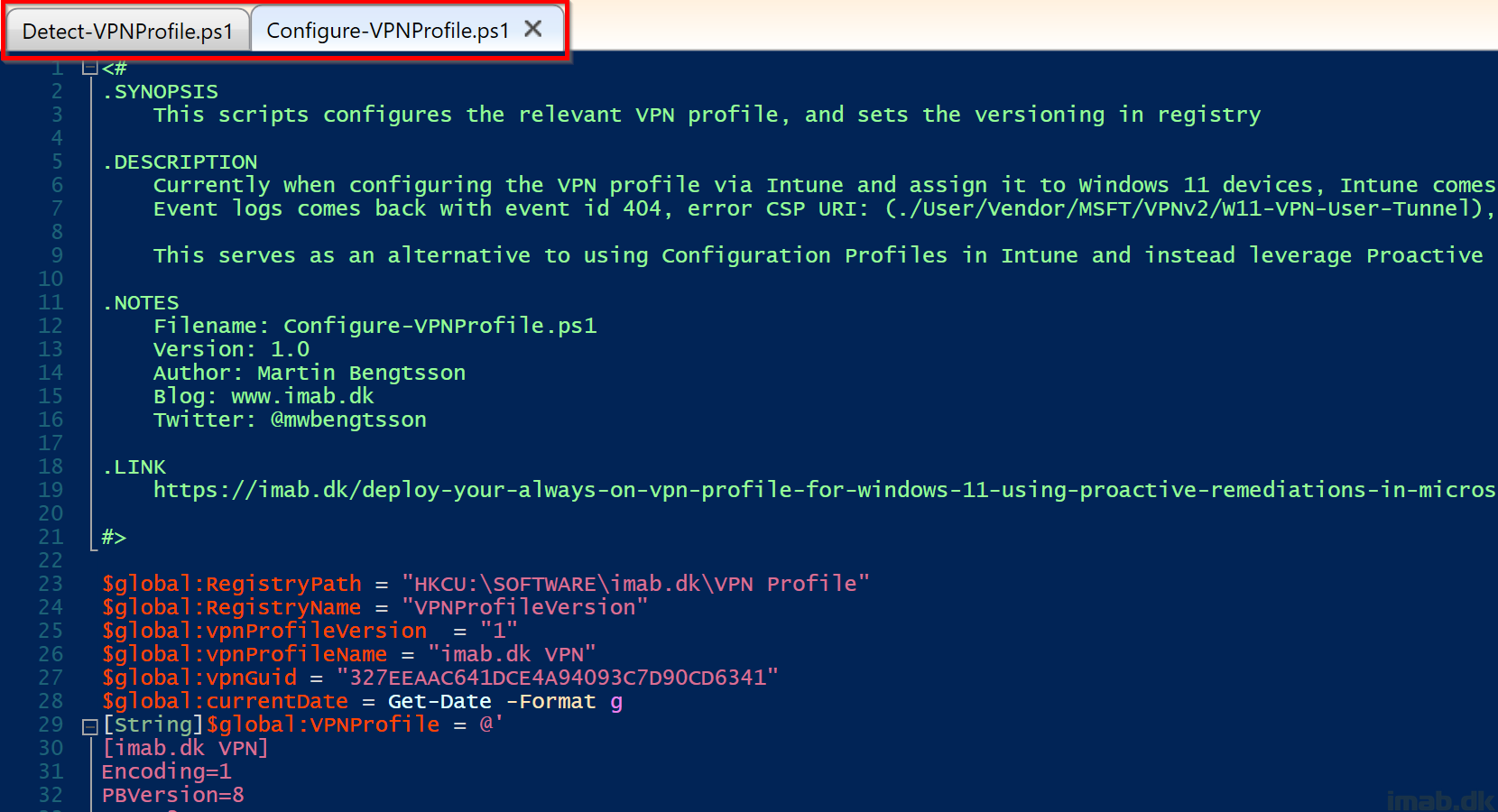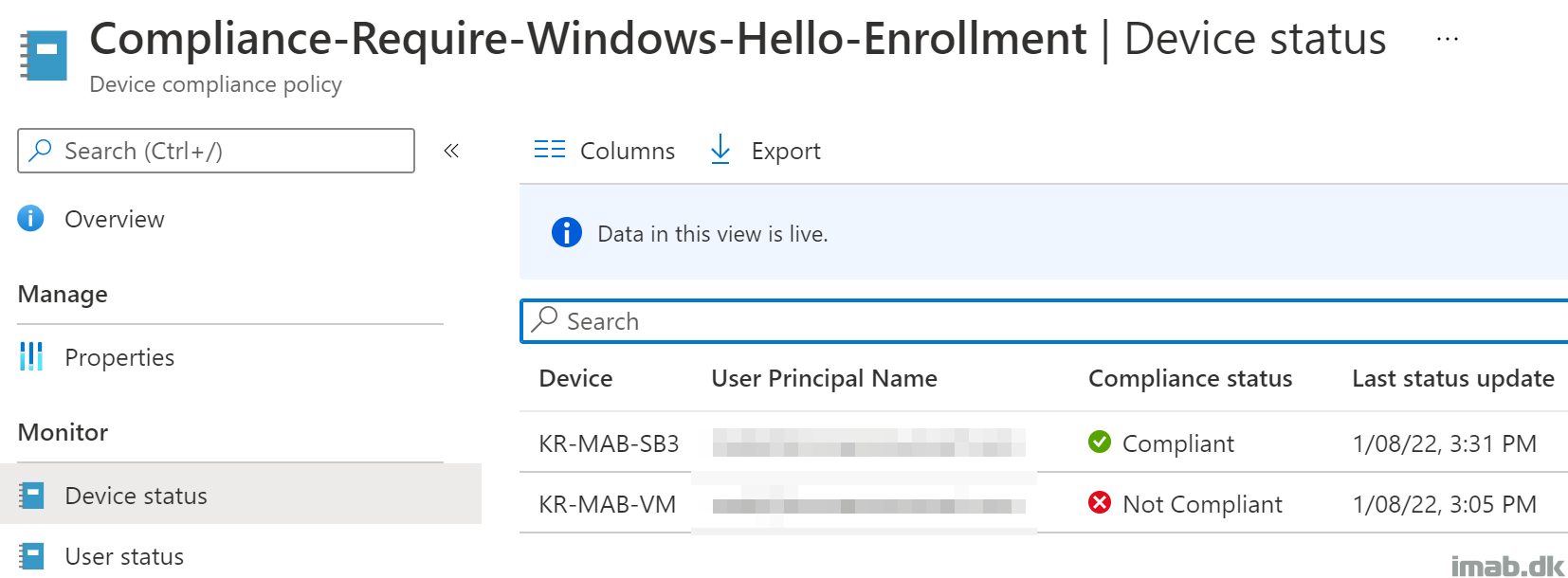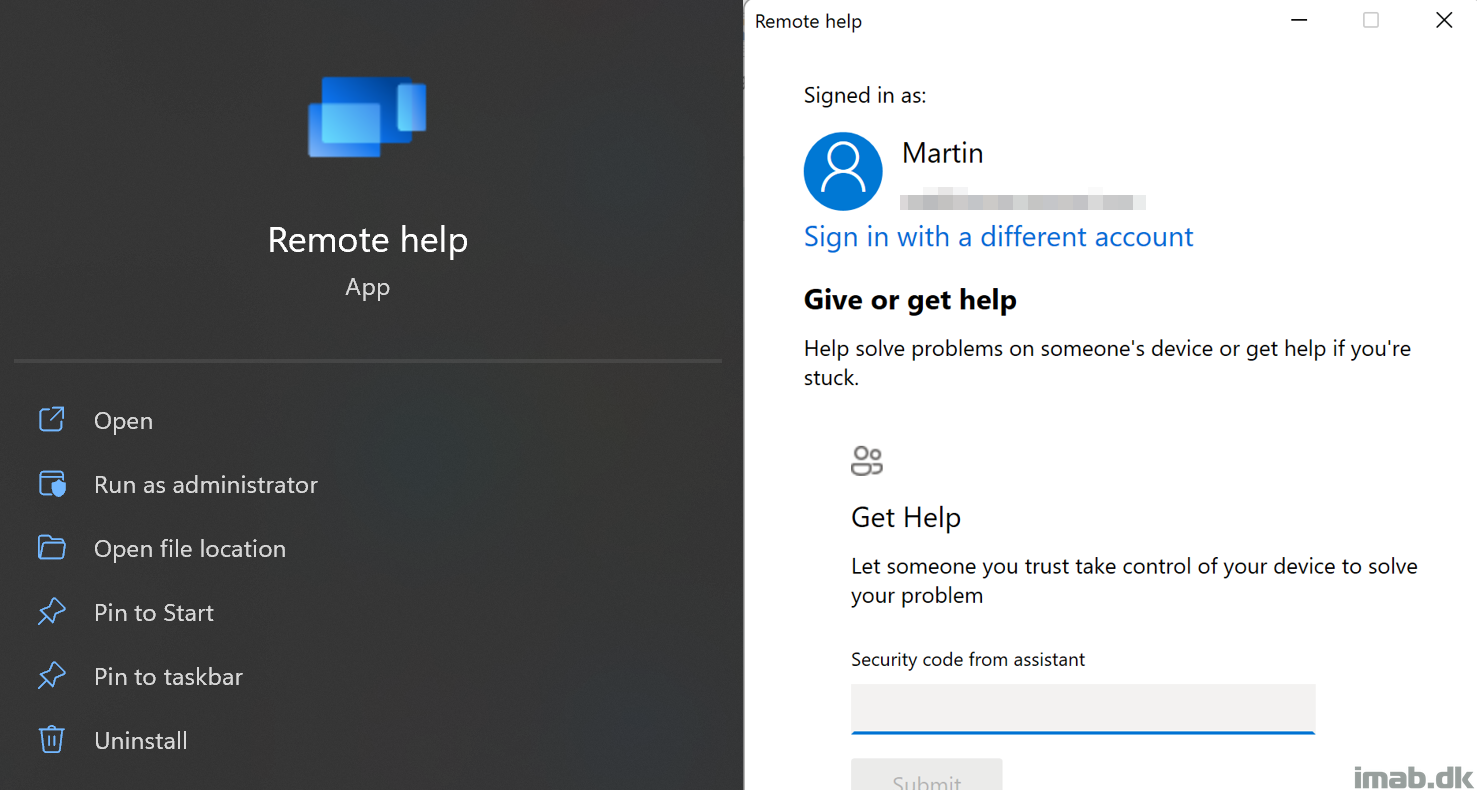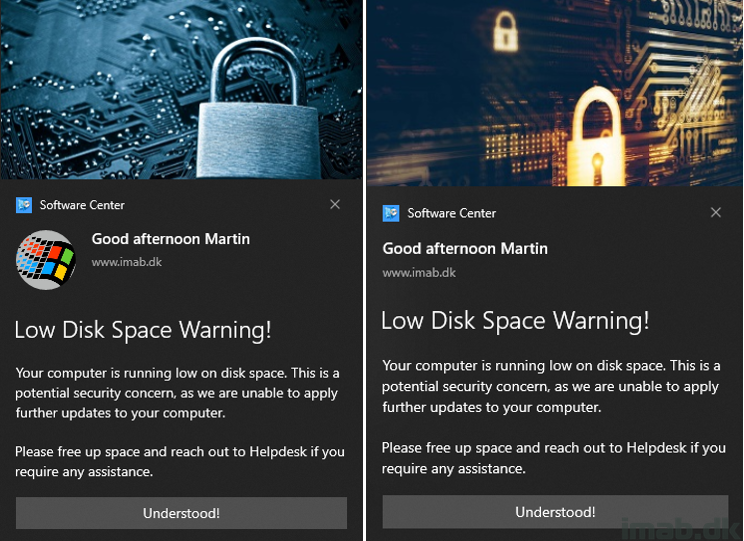Introduction
The new Outlook transitioned from preview to general availability (GA) in August 2024. If you’re using Microsoft 365 apps for Enterprise (formerly known as Microsoft Office) on the current channel, you might be automatically switched from the classic Outlook to the new Outlook starting January 2025, unless you take action now!
I’m already leveraging some comprehensive PowerShell scripts to manage parts of the registry within our environment, so it didn’t take long for me to add the necessary registry keys and values to:
- Remove the toggle to switch to the new Outlook.
- Prevent future automatic migration to the new Outlook.
In this post, I’ll share the PowerShell script I’m using to prevent users from migrating to the new Outlook if your environment isn’t quite ready for it. If the script seem too complex for your needs, let this post serve as both inspiration and a reminder about the new Outlook.
